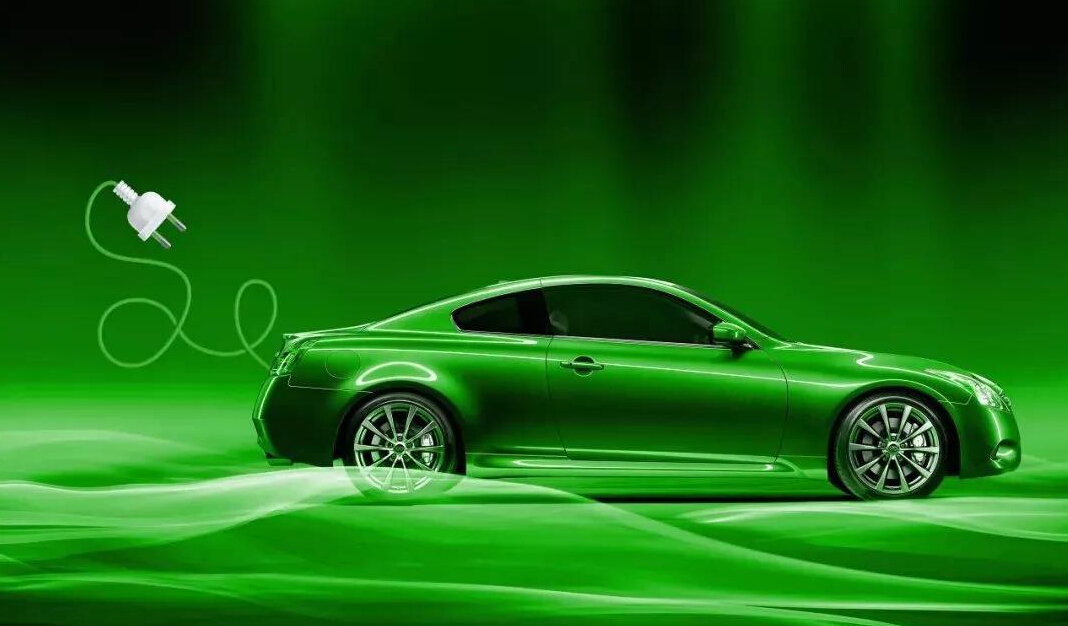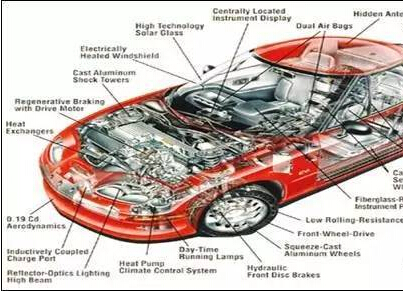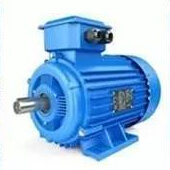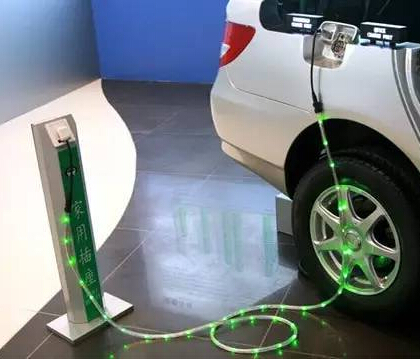In the first three quarters of 2018, China's new energy vehicle sales reached 721,000 vehicles, a year-on-year growth rate of 81.1%; of which, the sales of pure electric vehicles was 541,000, an increase of 66.2%. It is predicted that in 2018, China's annual sales of new energy vehicles will exceed 1 million units, and it is expected to reach 2 million units by 2020. However, while the new energy vehicles are developing rapidly, they have also encountered many problems.
The main obstacles currently restricting the development of the new energy automobile industry are in terms of battery energy density and battery cost. Only when the battery energy density exceeds 300 Wh/kg can consumers truly eliminate mileage anxiety, and only when the cost drops to the equivalent of traditional fuel vehicles, its economy can be recognized by the market.
In addition, slow charging and difficult charging also restrict the development of new energy vehicles. In short, new energy vehicles are an emerging industry, and the healthy development of the industry will continue to reduce costs and make up for shortcomings.
Milestone anxiety that is difficult to dispel
At present, one of the most difficult problems for new energy vehicles is the short cruising range. At present, most of the power batteries installed in pure electric vehicles in China's new energy vehicle market are ternary lithium materials and lithium iron phosphate battery. Although energy density has been greatly improved compared to lead-acid and nickel-metal hydride batteries, it is still difficult to dispel consumer mileage anxiety.
According to the “Recommended Models for Promotion and Application of New Energy Vehicles (11th Batch, 2018)” issued by the Ministry of Industry and Information Technology, the energy density of the battery system of pure electric vehicles is 56.82% of the energy density of 140Wh/kg and above, although the energy density of the battery system is The innovation is high, but the highest is only 170Wh/kg. To meet the consumer demand for the driving range of the car, the energy density of the battery needs to be improved.
At present, most electric vehicles have a cruising range of 100-200 kilometers, which is enough for people to go to work every day, but it can't meet the requirements of the owners to go out on weekends and holidays. Those pure electric vehicles claiming a range of 300-400km, the actual cruising range is not so far, especially in the winter and summer air conditioning, the cruising range will naturally shorten. The driving range of an electric car is directly limited by the battery capacity, and the higher the battery capacity, the longer the driving range.
"Even if the user is full of electricity, they are worried that the car will be cut off in the middle. In addition, because the power consumption will affect the length of the mileage, some people even went to the point of not being able to drive the air conditioner." The complexity and inaccuracy of the remaining cruising range estimation is one of the important factors causing anxiety.
The industry believes that the primary way to overcome mileage anxiety is to increase the energy density of power batteries. This is also the direction of government encouragement and industry pursuit. National policies and power battery companies are making efforts to this end. At present, the domestic high-nickel 811 cell core energy density can be 280Wh / kg (with experimental data has exceeded 300Wh / kg), which is very gratifying results.
Cost reduction is the trend of the times

Price is an important factor affecting product sales. At present, the prices of new energy vehicles are relatively high. Take domestic cars as an example. The price of new energy vehicles with the same brand is generally higher than the price of fuel vehicles by more than 100,000 yuan. Even if the subsidy and purchase tax are subtracted, there is still no fuel truck.
As the core component of the vehicle, the traditional fuel-vehicle engine accounts for about 15% of the total vehicle cost. However, the cost of the battery, electric motor and electronically controlled “three-electric” system of the new energy vehicle is much higher than this figure. The purchase cost of the power battery accounts for 30%-50% of the value of the whole vehicle. In addition to the production cost, the cost of pure electric vehicles has huge research and development costs. Since the current sales volume is not high, the cost of research and development for each mass-produced pure electric vehicle is high.
In fact, with the advancement of technology and the scale of battery production, the cost of power batteries has been declining. From 2010 to 2017, the cost of power batteries in China has dropped by 79%. However, although the purchase of new energy vehicles can receive high subsidies and a series of preferential policies, its current price is still high.
The cost reduction of electric vehicles is the trend of the times. Sun Liqing, an associate professor at the School of Mechanical and Vehicle Engineering at Beijing Institute of Technology and a member of the Electric Vehicle Professional Committee of the China Electrotechnical Society, believes that the cost of new energy vehicles will drop sharply in the next five years. He said that in 2018-2019, because of the intensified competition, the price of the A-class subsidy after 300km of cruising range will probably drop to 100,000 yuan and below; by 2020-2021, the subsidy for new energy vehicles will be withdrawn. The new energy vehicles will have a large-scale effect, and the price of the A-class car with a cruising range of 300km will probably drop to about 80,000 yuan.
Charging slow charging is difficult
Slow charging and difficulty in charging have become major obstacles for consumers to choose new energy vehicles. Normally, the batteries of most new energy vehicles are slow-charged and take 5-8 hours to fully charge the car. Although it can be charged by nighttime rest, it is undoubted that the slow charging during the day brings a lot of inconvenience and time waste to the owner.
In addition, the current domestic situation is that charging piles are much harder to find than gas stations. The lack of charging piles in public places seriously affects the travel of electric vehicles, and now the charging standards are not uniform, not every charging pile can be used universally. The data shows that as of the end of 2017, China has built about 210,000 public charging piles, with a total vehicle-to-pile ratio of about 8:1, which is far from meeting the normal charging needs of new energy vehicles.
In fact, due to the nature of the infrastructure of the charging piles, the initial investment is huge, and the later return period is long, and the requirements for cash flow are very high. It is understood that according to the current average market price, the average cost of slow charging public charging piles is about 20,000 yuan, and the cost of fast charging piles is between 100,000 and 200,000 yuan, plus land use fees, infrastructure, distribution facilities, and operations. The same cost, relying solely on the electricity price difference and the charging service fee, it is difficult to achieve the profit target in the short term.
In order to solve the problem of charging difficulties, the State Council issued guidelines on accelerating the construction of electric vehicle charging infrastructure, requiring that the charging needs of 5 million vehicles be met by 2025, and 4.8 million charging piles and 12,000 charging stations should be built. The pile ratio will be close to 1:1. At the same time, social capital is encouraged to participate in the construction of charging facilities. It is believed that with the improvement of the charging infrastructure, the problem of charging difficulties will be greatly alleviated.
















 RCCN WeChat QrCode
RCCN WeChat QrCode Mobile WebSite
Mobile WebSite







